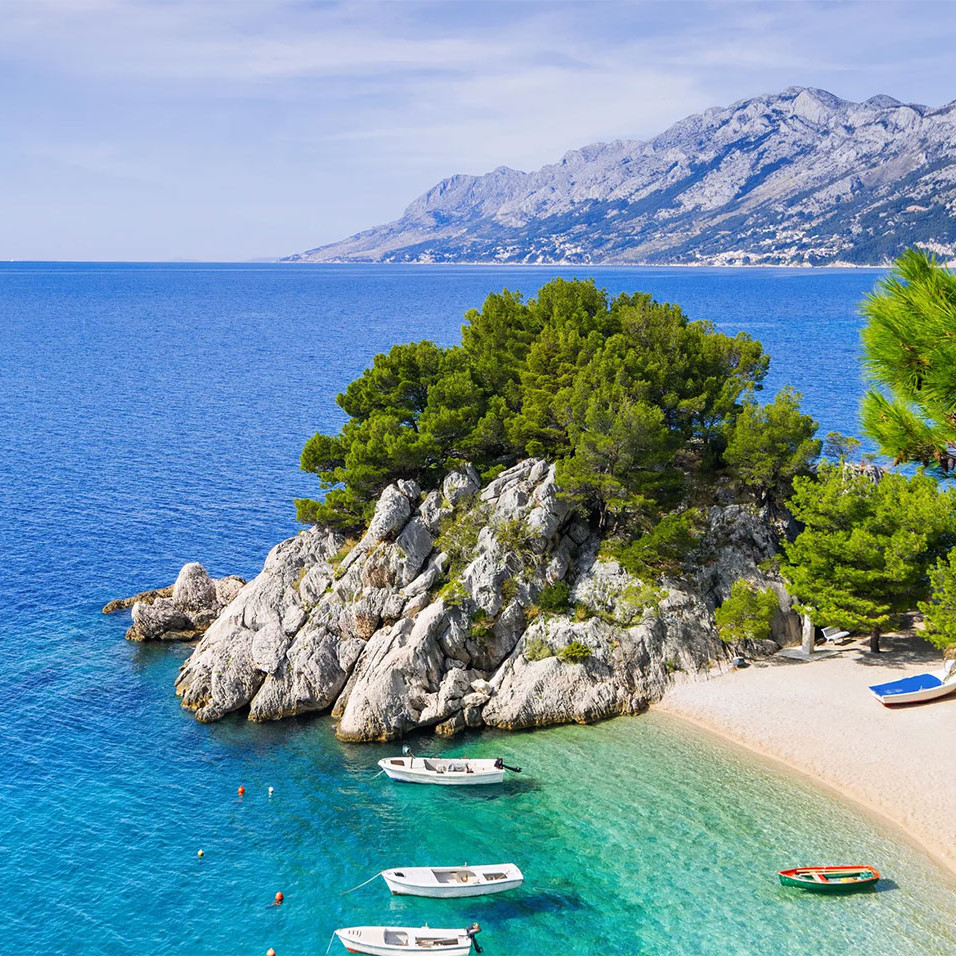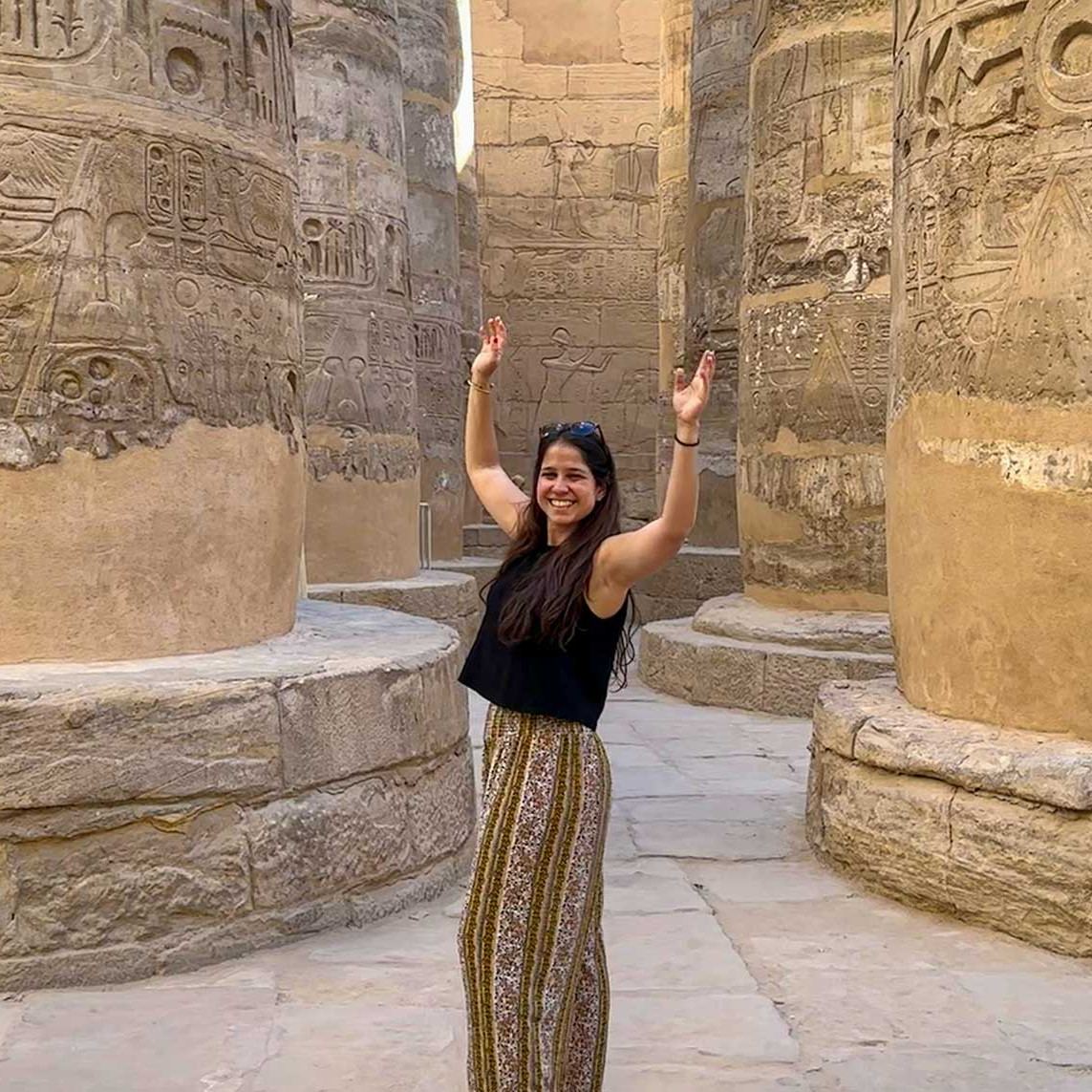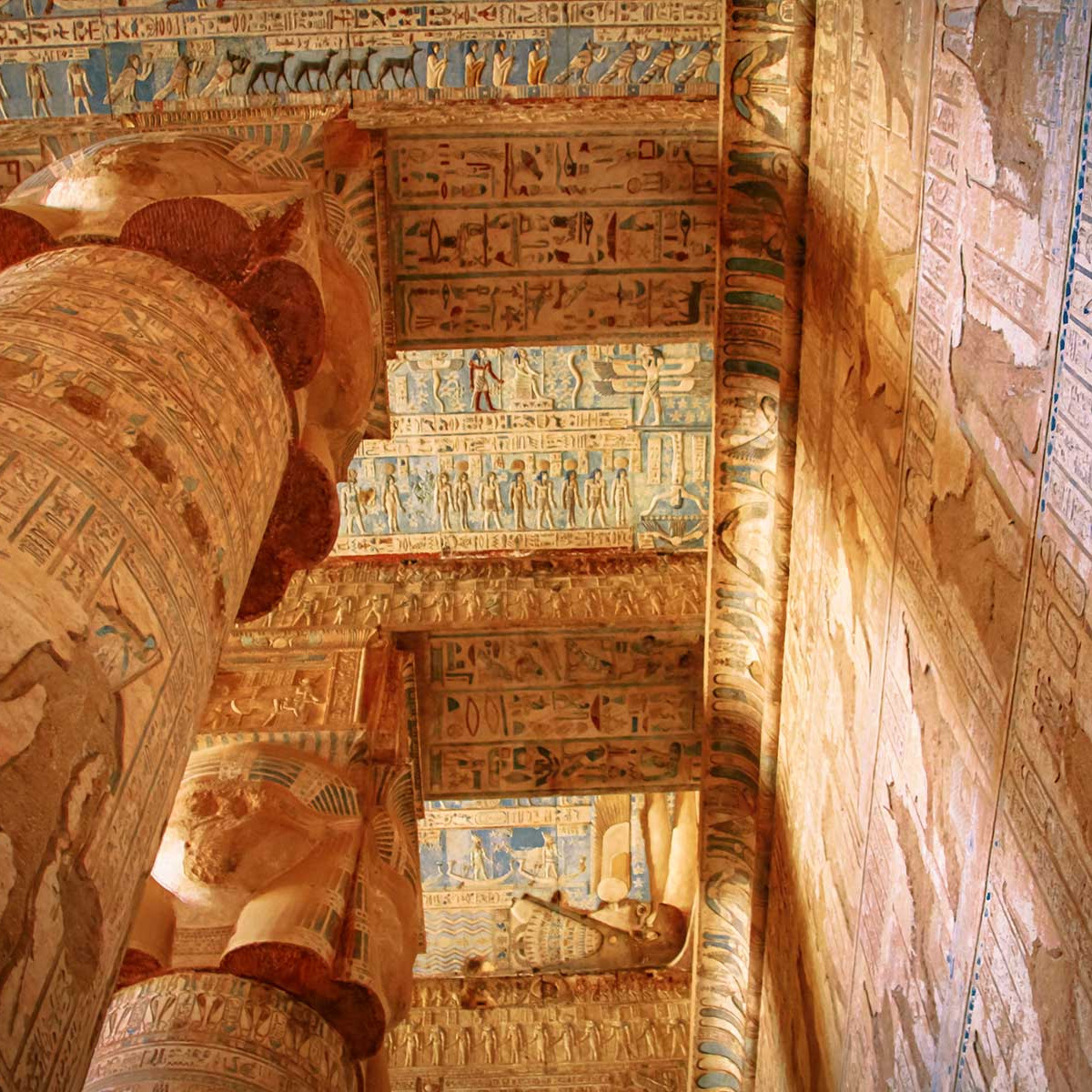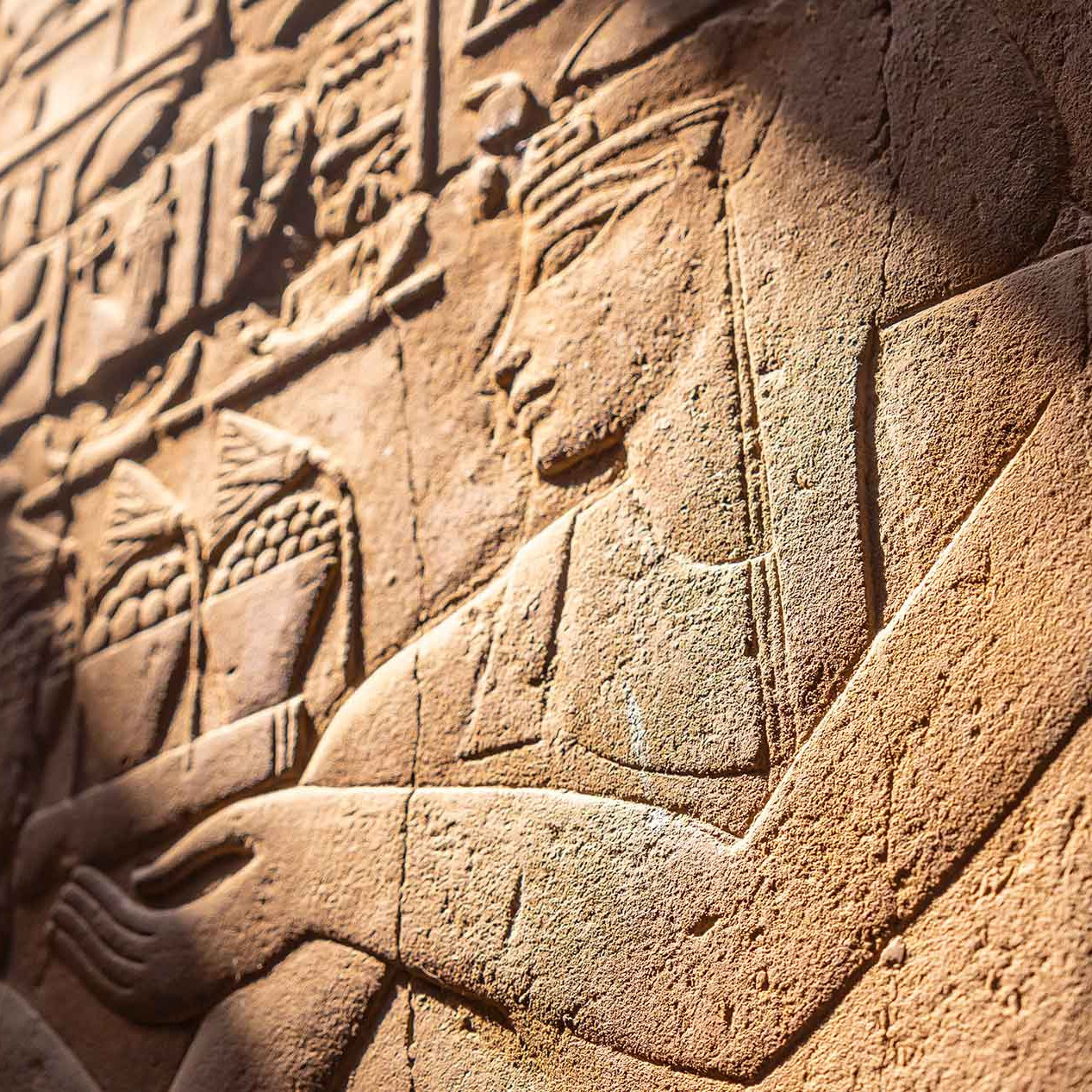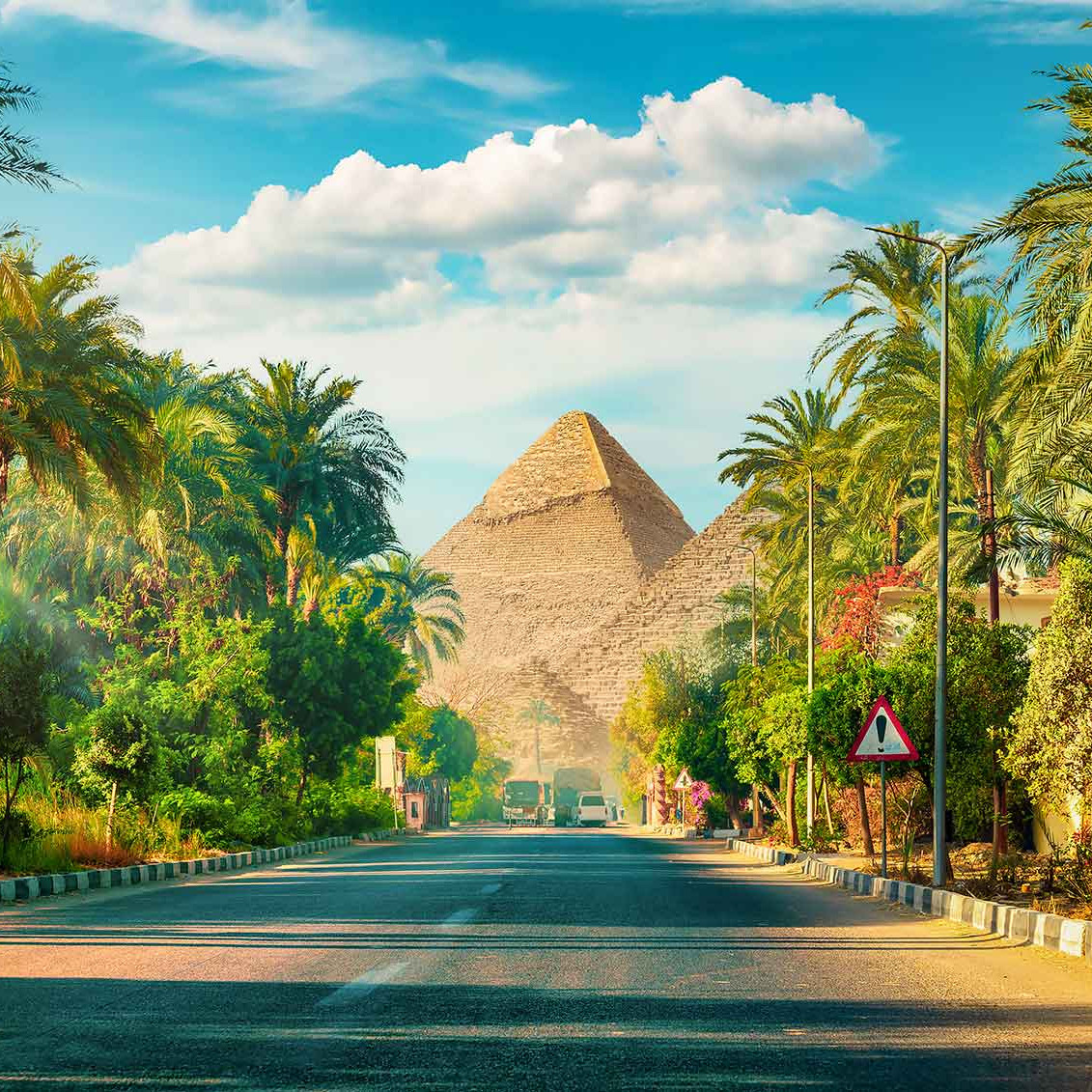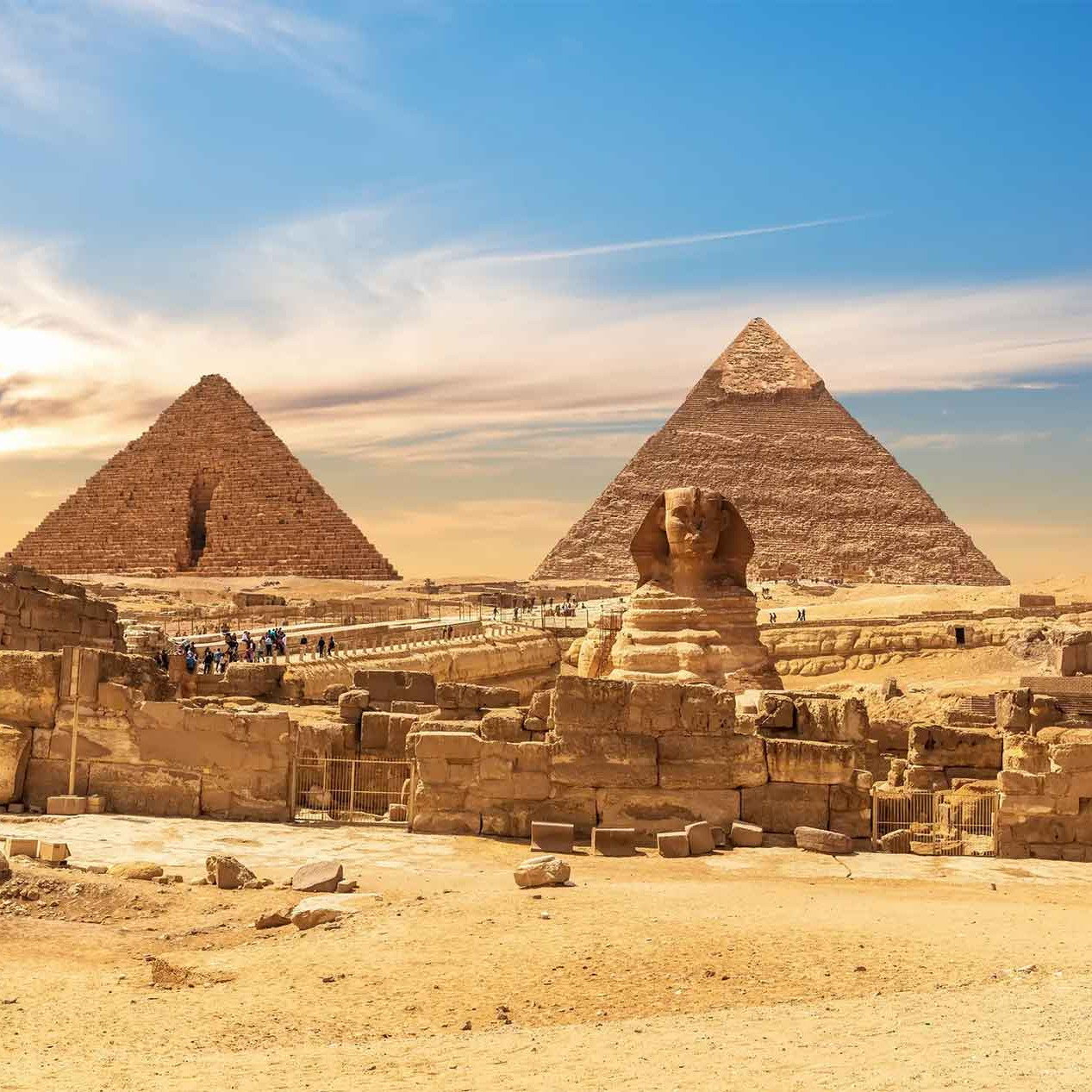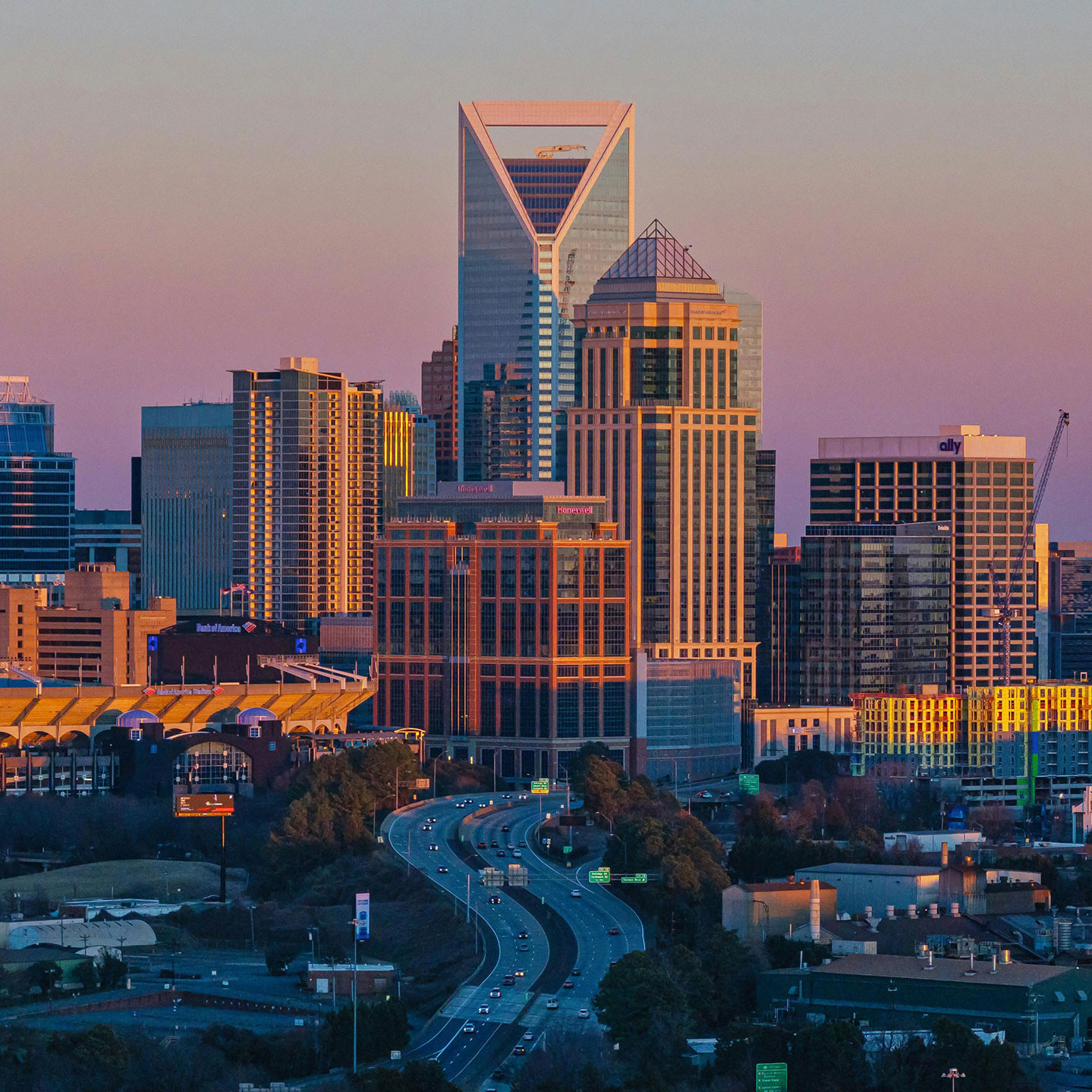Machu Picchu
Located in the Eastern Cordillera in Cusco, Peru, Machu Picchu is an Inca Citadel (believed to have been a royal estate or sacred religious site) built in 1450, the most iconic landmark of the Inca civilization and one of the New Seven Wonders of the World.
Embedding into the mountain and 2,400 meters above sea level, the mysterious Machu Picchu is among the greatest architectural achievements and cultural centers of the Incas and the Old World. It is so perfectly built that the structures are able to survive to earthquakes, pretty common in Peru and specifically in Machu Picchu, as it was built on top to two fault lines.
Since its discovery, the citadel has attracted millions of tourists, becoming the most visited attraction in Peru. Machu Picchu was declared a Peruvian Historical Sanctuary in 1981 and a UNESCO World Heritage Site in 1983.
Whether you embark on the challenging Inca Trail or opt for a more leisurely journey, a visit to Machu Picchu promises an unforgettable experience that combines history, natural splendor, and a deep sense of spirituality. It’s a place where you can immerse yourself in the wonders of the past and feel a profound connection to the ancient civilizations that once thrived in this extraordinary place.
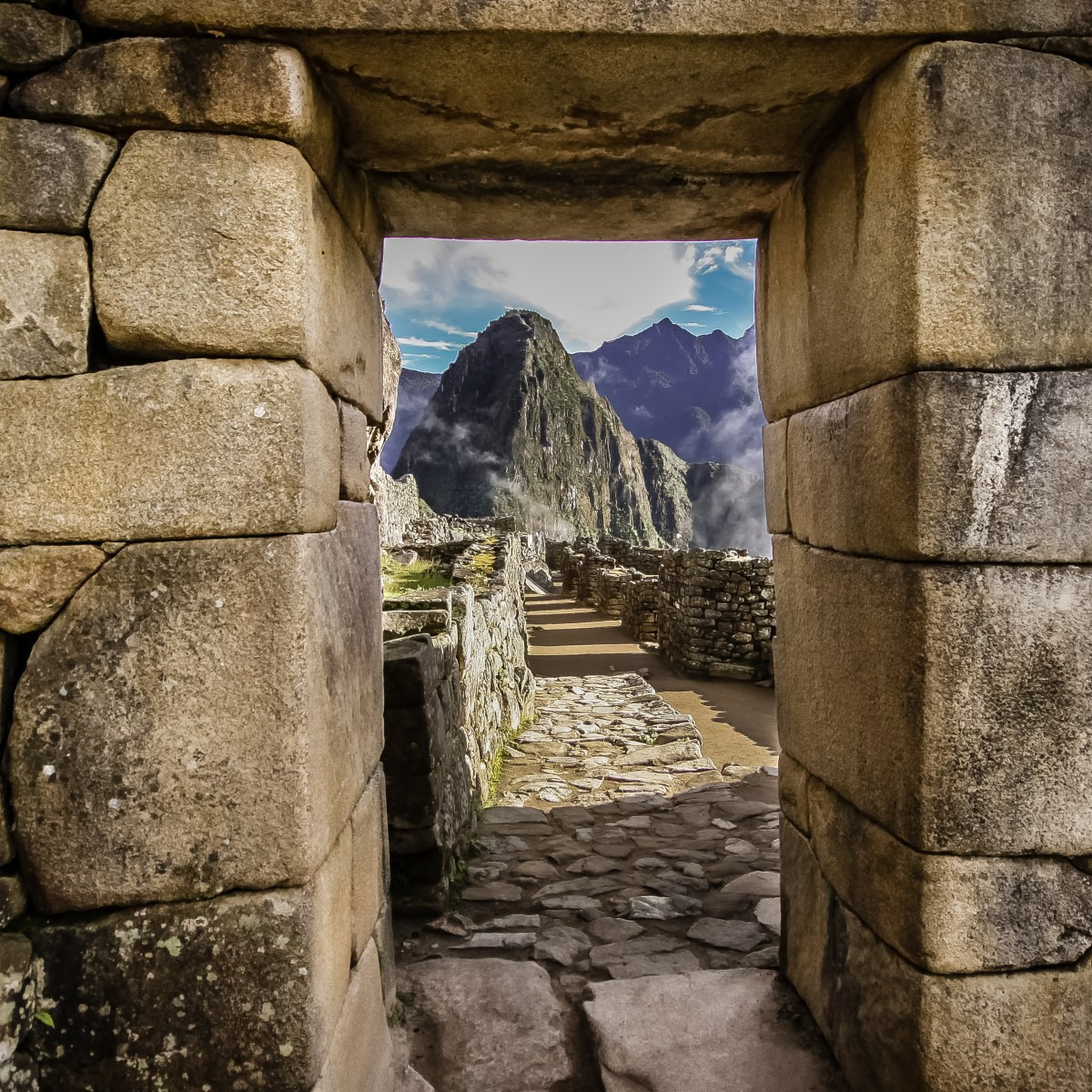
History
It is presumed that Machu Picchu was built between 1450 and 1460 by the emperor Pachacutec Inca Yupanqui. Unfortunately, the incas only remained there for 80 years, until the arrival of the Spanish conquerors, when the civilization decided to abandon the city, although the Spanish did not known about this spectacular hidden city. It remained unknown until 1911 when Hiram Bingham, an american archeologist arrived together with a local Quechua, looking for Vilcabamba instead. (Although it is presumed german Augusto Berns arrived there in 1867, the site remained unknown)
Machu Picchu was used as a royal state, the place where the emperor used to live, in addition to the serving staff and some other religious specialists and temporary workers.
Over 200 structures make up for the Sanctuary, dividing them in two areas: the agricultural center, featuring incredible terraces of incredible engineering, ensuring good drainage and soil fertility while also protecting the mountain from erosion, and the urban center, featuring religious, ceremonial, astronomical and residential areas.
It was assumed that Machu Picchu was the Lost City of Vilcabamba, the hidden city where the Incas escaped to after the arrival of the Spanish. However, it was proved in 1956 that the lost city of Vilcabamba is located in the jungle 50 miles west of the citadel.
Note: The weather in Machu Picchu can be characterized as mild and unpredictable due to its high-altitude location in the Andes Mountains. Machu Picchu experiences two distinct seasons: the dry season and the rainy season.
The dry season typically spans from May to October, making it the most popular time to visit. During this period, the weather is generally sunny with cooler temperatures, especially in the mornings and evenings. Daytime temperatures can range from around 15 to 25 degrees Celsius (59 to 77 degrees Fahrenheit), providing comfortable conditions for exploring the ruins and hiking the Inca Trail.
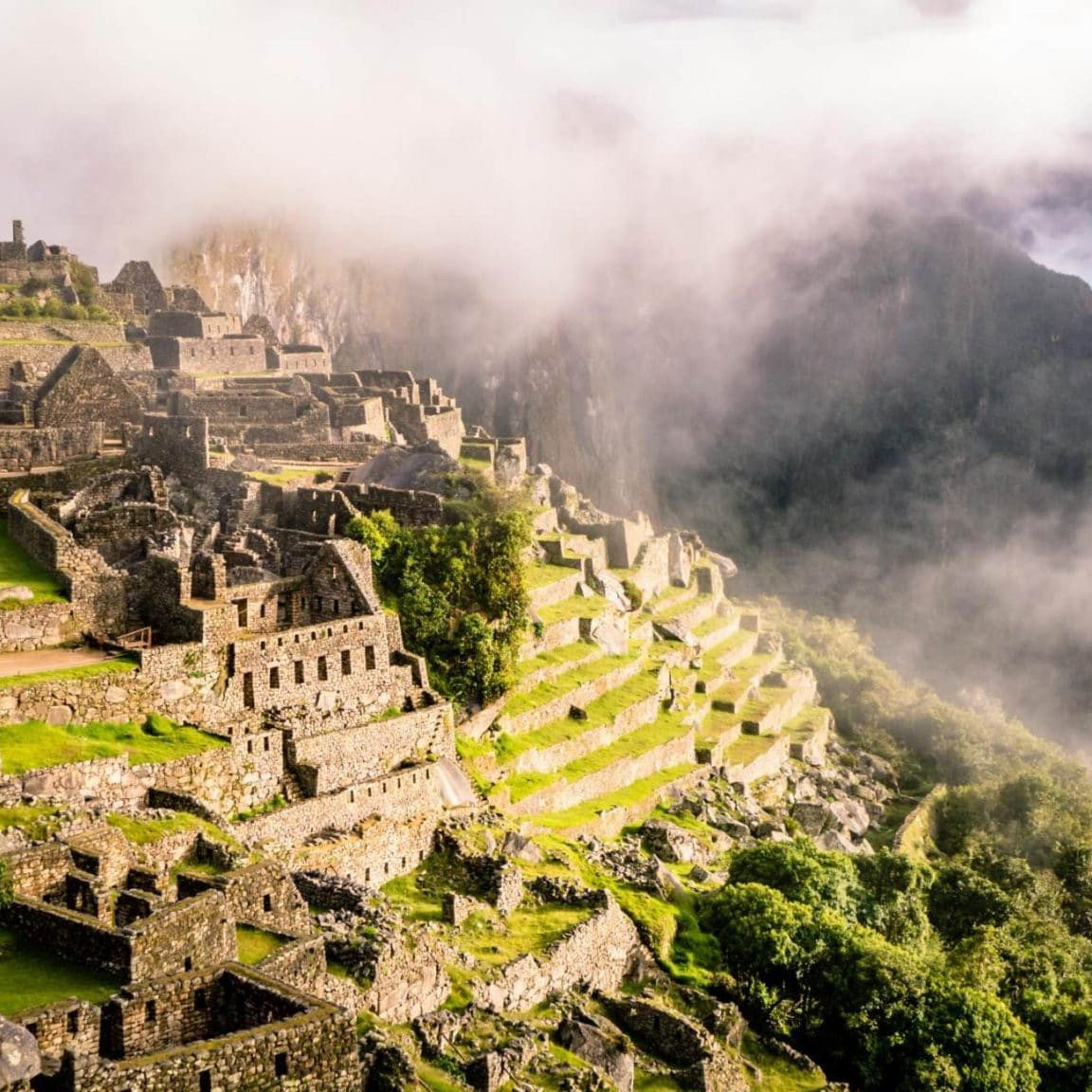
How to get there
The easiest way to get to Machu Picchu is by taking the train from Ollantaytambo to Aguas Calientes, the closest town to the site. The scenic 1.5 hours trip will allow you to enjoy the views of the Urubamba river, the jungle and the dramatic canyons. There are different companies offering the trip, with different levels of luxury. Booking in advance is advised.
The other way to get to Machu Picchu is to hike there. There are some tours offering this option, being the most popular of them the Inca Trail, however all of them require camping for at least 3 days.
You could also walk 8km from Aguas Calientes.


